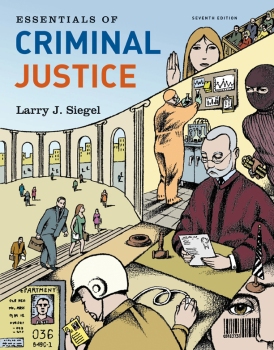Myth or Reality?
DARE is a complete failure.
Since its beginning in Los Angeles in 1983, Drug Abuse Resistance Education (DARE) has become one of the most popular and long-lived crime prevention efforts in America. The DARE curriculum is taught in schools by uniformed police officers who, through lectures and role-playing exercises, help equip students with the skills they need to avoid drug use. Literally millions of students and hundreds of thousands of police officers have participated in DARE over the years. The program has spread to 43 different countries, and four presidents have even set aside a day in April designated “National DARE Day.”
Researchers have been drawn to DARE for some time, seeking to determine whether students who participate in the program actually lead drug-free lives. They have been especially interested in DARE because the curriculum mainly targets 5th and 6th graders. Since young students are not the most likely to use illegal drugs, researchers have asked, does the program have a lasting effect? Do students carry with them through life the skills necessary to resist the temptations of illicit drug use? Unfortunately, most researchers have answered these questions in the negative. In fact, there is near unanimous consensus that DARE does almost nothing to affect drug abuse in the long run.
Despite the lack of research to support it, DARE is alive and well. At present, it is taught in about 75 percent of school districts across the country by some 15,000 police officers. Researchers call DARE a failure, but just because it may not have lasting effects on drug use does not mean it is a total failure. A recent report by the Center for Court Innovation found that police officers learn to better understand young people by participating in the program. Police chiefs develop better relationships with school officials. Overall police-public relations may benefit from DARE, as well. On the public relations front, then, DARE is anything but a failure. When we broaden the range of outcome measures, DARE can even look like a success.
Writing Assignment: What is the proper outcome that should be used to evaluate the DARE program? Should more than one outcome be considered? Identify another program that seeks to teach school-age children the skills to avoid drugs. What outcome measures have been used to evaluate it?
Source: Greg Berman and Aubrey Fox, Lessons from the Battle Over DARE: The Complicated Relationship between Research and Practice (New York: Center for Court Innovation, 2009).



